The meaning of Shiatsu
Often, when we talk about Shiatsu to our close environment, they often don't understand what we are talking about or they have never heard the word before. They ask us if it is a martial art or if it is something you eat in an oriental restaurant. Nothing could be further from the truth.
They are surprised when we tell them that it is a ori body therapyginaria from Japan and perfectly comparable to the physiotherapy that is used so much every day in the West. Immediately, they want to know more, they want to know what it consists of, how it is practised and what this new therapy they have just discovered can offer them in their daily lives.
A good way to start explaining Shiatsu is with the meaning of the word itself. It is made up of two Japanese kanji's, which are: "Shi" which means fingers and "Atsu meaning pressure". Literally means "Finger pressure"which is what this therapy is based on.
Applying pressure with the thumbs and palms of the hands on specific points corrects irregularities, helps to alleviate certain diseases, maintains and improves health. All this helps to activate the self-healing power of the human body.
The first questions are usually: "Does it improve health?" "Could you help me with the back pain or the headacheYes, to that and... To many other things!
And you will see why.
HISTORY OF SHIATSU
This therapy was born out of love, the love of a son for his mother. To understand its origins, we have to go back to 1905, to the province of Kagawain the north of the southern island Shikoku. There he would be born Tokujiro Namikoshithe creator of Shiatsu. When he was 7 years old, the Namikoshi family moved to Rusutsua small village on the island of Hokkaido, the
northernmost part of Japan.

For Tokujiro's mother, the abrupt change from the warm climate of Shikoku to the severe cold of Hokkaido caused her to suffer from a polytrauma that produced joint pain. At that time, this small village was a place without doctors and there were no means or resources to get help, injections or medicines to alleviate these great pains.
Little Namikoshi, tired of seeing his mother suffer and lacking any resources or materials, could only try to alleviate his pain by rubbing, hitting, massaging and pressing the painful areas. After several days of trying to soothe the pain, he discovered what relieved his mother the most: press the area with your fingers.
This is how Shiatsu was born, using only the fingers, without resorting to no tools or machinery. Neither do we use our fists or elbows, because our fingers are endowed with more sensory receptors than the rest of the body and that makes them extremely sensitive and capable of sensing very fine thicknesses.
Master Tokujiro Namikoshi himself says of his therapy that "The heart of Shiatsu is like a mother's love, the pressure on the body stimulates the source of life"..
EXPANSION OF SHIATSU
Many years later, together with his son Toru Namikoshi, he would be responsible for spreading the therapy throughout the world. everybodyas it is a therapy that provides vitality and health people. To this end, they founded the Japan Shiatsu College in Tokyo, the only entity authorised by the Japanese Ministry of Health to train therapists in this technique.

Currently, the Japan Shiatsu College has more than 2500 students who graduate each year to obtain their license number to practice as a Shiatsu therapist in Japan.
In 1981, one of these students would be responsible for spreading this therapy throughout Europe... the Master Shigeru Onodaa direct disciple of Tokurijo Namikoshi and the founder of the Japanese school of Shiatsu. He is also the creator of Aze Shiatsu (see: What is Aze Shiatsu?).
Our school.
BIBLIOGRAPHY:
ONODA, Shigeru: Official technique, Shiatsu Namikoshi, Aze Training, 2018.
ONODA, Shigeru: Aze Shiatsu, basic treatment, Volume 1, Aze Training, 2017.









No comment yet, add your voice below!